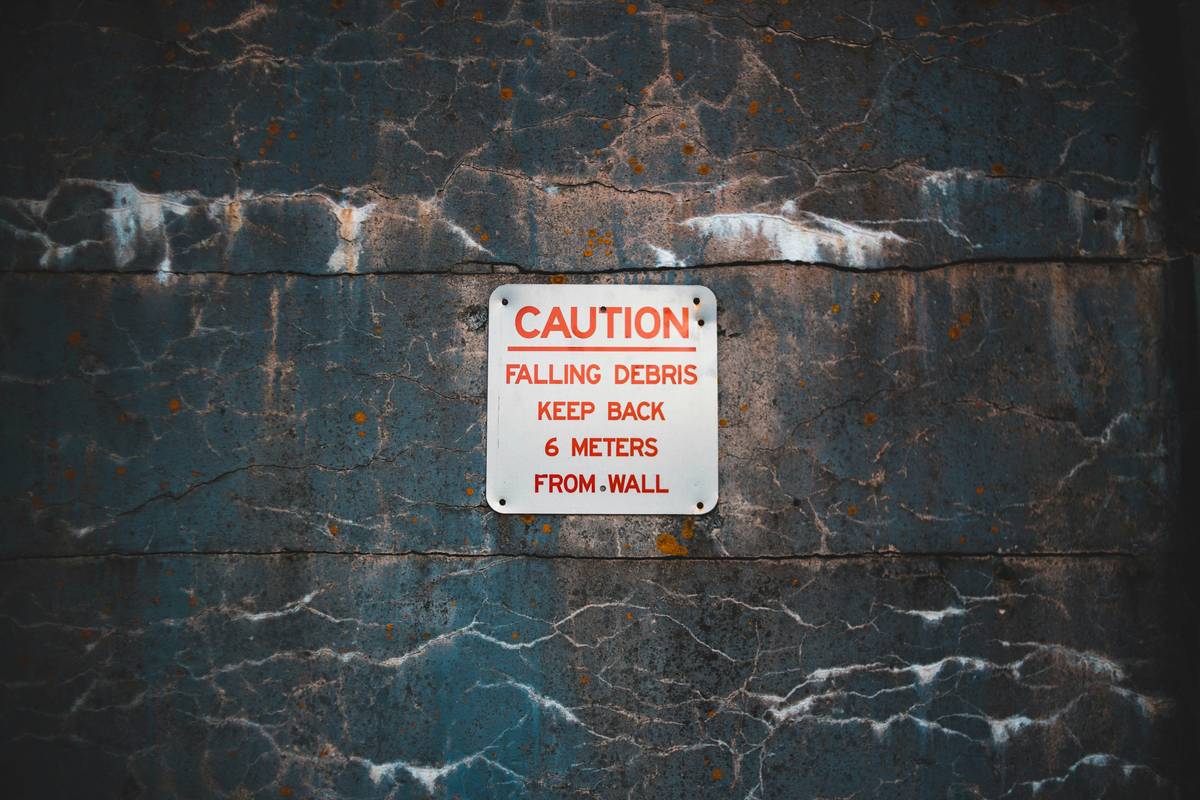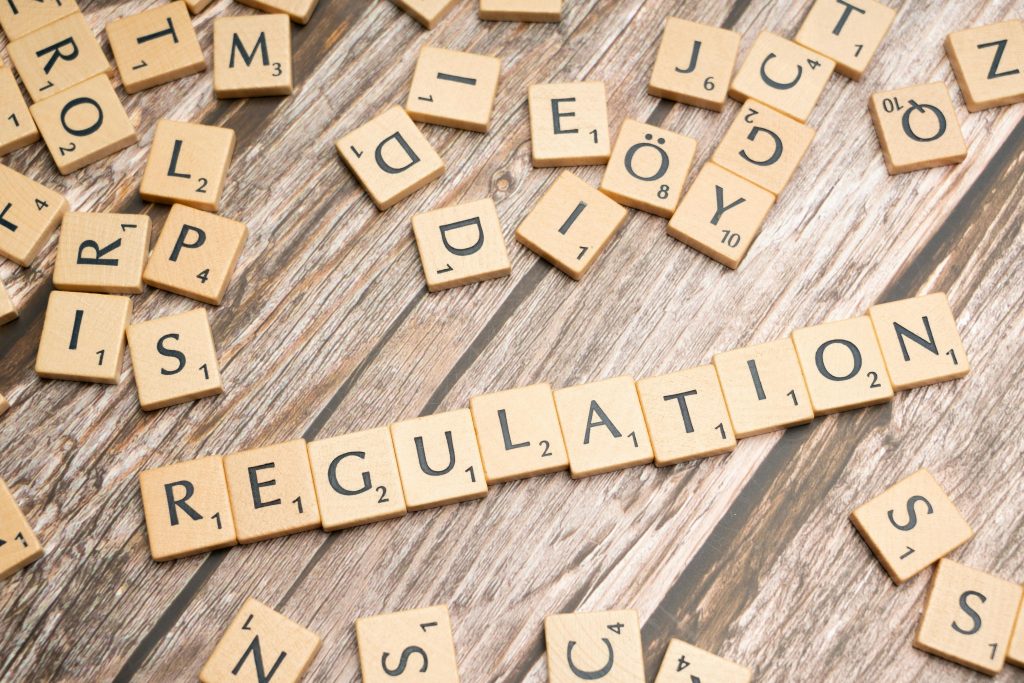Ever had your server crash at 2 a.m., leaving you staring at the “Error 500” screen while your coffee grows cold? Yeah, us too. Fault tolerance isn’t just tech jargon—it’s the backbone of keeping your systems alive when things go sideways.
In this post, we’re diving deep into fault tolerance within cybersecurity and data management, with a laser focus on how data protection laws influence system resilience. You’ll uncover why compliance matters, actionable steps to build fault-tolerant systems, tips for balancing legalities and technology, real-life success stories, and FAQs to guide you through the maze. Oh, and there’s a rant section—because who doesn’t love venting about red tape?
Quick Links
- Why Fault Tolerance Matters More Than Ever
- How to Build a Fault-Tolerant System Step by Step
- Tips for Balancing Compliance and Technology
- Case Study: GDPR-Friendly Fault Tolerance Done Right
- FAQs About Fault Tolerance and Data Protection Laws
Key Takeaways
- Data protection laws like GDPR and CCPA directly impact fault tolerance strategies.
- Building a resilient system involves both technical safeguards and regulatory awareness.
- Non-compliance can lead to penalties—but also reputational damage that hurts long-term trust.
- Real-world examples prove it’s possible to balance robustness and legality seamlessly.
Why Fault Tolerance Matters More Than Ever (And Why Data Protection Laws Are Involved)
Imagine losing customer data during an outage—not only do you lose business continuity, but failing to comply with data protection laws could land you in hot water legally. Regulations like GDPR (General Data Protection Regulation) in Europe or CCPA (California Consumer Privacy Act) in the U.S. require businesses to implement measures ensuring data integrity and availability.
I once worked with a startup that ignored these nuances entirely. Their database went down mid-promotion due to a single point of failure. They weren’t fined for downtime—but they were slapped with non-compliance fines because their backup strategy violated GDPR mandates. Talk about a double whammy!

Figure 1: A quick visual explaining fault tolerance basics.
How to Build a Fault-Tolerant System Step by Step
Step 1: Assess Risks and Understand Legal Requirements
Optimist You: “Let’s get started!”
Grumpy You: “Ugh, fine—but only if I have my checklist ready.”
Your first step is understanding which data protection laws apply to your organization. Are you operating globally? Then GDPR likely applies. Only targeting California customers? Focus on CCPA.
Step 2: Implement Redundancy Mechanisms
Redundancy isn’t optional—it’s essential. Deploy multiple servers across different geographical zones so even major outages won’t take all systems offline simultaneously.
Step 3: Automate Backups…and Test Them
Terrible Tip Alert: Don’t assume automated backups work without testing them regularly. Trust me; opening corrupted files weeks later is soul-crushing.
Step 4: Monitor Continuously
Use tools like AWS CloudWatch or New Relic to monitor performance and detect anomalies early. Sounds boring until something breaks—and then it’s life-saving.
Tips for Balancing Compliance and Technology
- Stay updated on evolving data protection laws. These regulations change faster than TikTok trends sometimes.
- Prioritize encryption. Encrypt everything—yes, EVERYTHING—as default practice. Bonus points if encryption aligns with legal requirements.
- Hire or consult experts. Yes, lawyers cost money—but not nearly as much as hefty fines from regulators.

Figure 2: Simplified process for aligning tech with compliance needs.
Case Study: GDPR-Friendly Fault Tolerance Done Right
Take Company X, a European fintech startup. They faced massive DDoS attacks last year but managed zero downtime thanks to geo-redundant data centers and proactive monitoring.
They also stayed compliant with GDPR by implementing granular access controls, encrypting sensitive info end-to-end, and storing backups securely under strict retention policies. Result? No breaches, no regulator headaches, and happy customers.
FAQs About Fault Tolerance and Data Protection Laws
What happens if my company violates data protection laws?
Penalties vary depending on the regulation and severity of the violation. For instance, GDPR violations can incur fines up to €20 million or 4% of annual turnover—whichever is higher.
Does every business need fault tolerance?
Short answer: Yes. Long answer: Even small companies risk losing credibility and revenue without proper safeguards. Think of it as insurance against Murphy’s Law.
Which tools help automate fault tolerance?
Popular options include Kubernetes for container orchestration, Terraform for infrastructure automation, and cloud-native services from AWS, Azure, or Google Cloud.
Wrapping It Up—Because Everyone Loves a Good Ending
Fault tolerance isn’t glamorous, but neither is dealing with lawsuits or angry customers after a catastrophic failure. By weaving data protection laws into your architecture, you create not just a safer system but a smarter one.
So grab that coffee (you’ve earned it!) and start planning how to make your systems more resilient today. Remember: Like a Tamagotchi, your SEO needs daily care.
Here’s a haiku to leave you inspired:
Servers hum softly, Data flows safe through the night— Faults? Never noticed.


